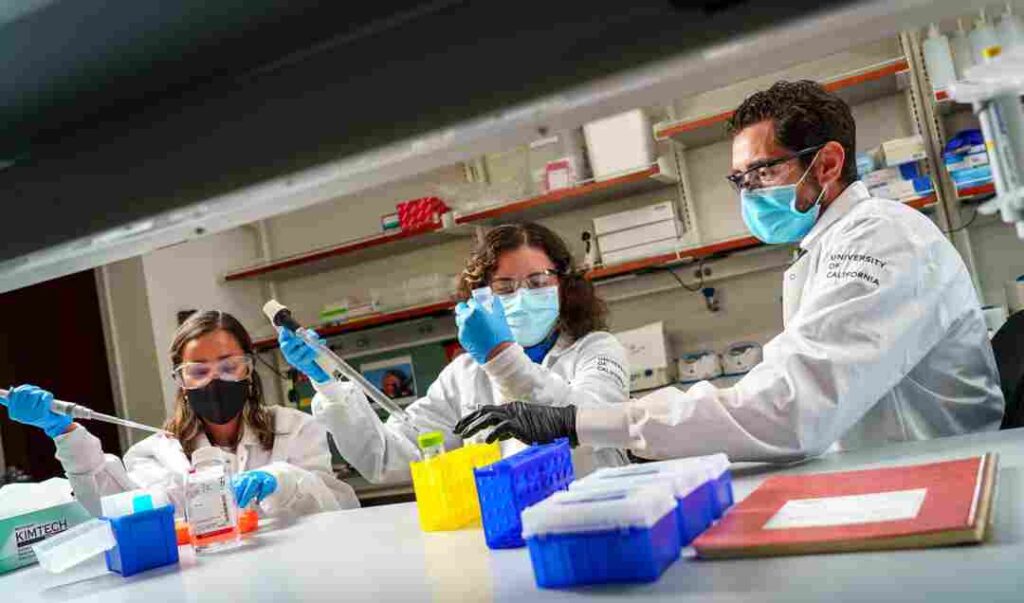Now Reading: Forensic DNA Technologies and Cold Case Resolution – A Review
-
01
Forensic DNA Technologies and Cold Case Resolution – A Review
Forensic DNA Technologies and Cold Case Resolution – A Review
It is known that the new genetic technologies are very useful for the research and identification of biological traces left by the perpetrators at the crime scene and/or on the items. These technologies have various benefits from the forensic point of view:
- They give wide margins of biostatistical certainty on the uniqueness of the genetic profile;
- They are able to successfully examine minimal amounts of biological trace;
- They are able to give an adequate genetic interpretation in cases of mixed biological traces;
- They give information on ethnic origin, phenotypic characteristics and age of the subject who released the trace under examination;
These scientific informations are often essential and helps judges and investigators in their search for the truth of what happened. These technologies are widely used in today’s crimes but can also be used successfully in cold cases, i.e. those crimes where the perpetrator has never been found or convicted a person who continues to plead innocent. In both cases, new technologies related to forensic DNA are able to bring new information, very useful for the truth.
It should be noted that the use of new forensic DNA technologies is different from country to country. Unfortunately, given the high costs of these methodologies, it is the richer countries can make more consistent use of them. In America, for example, especially in the last 10 years, new forensic DNA technologies have had a boom in cold case applications. The Innoence Project, an association working exclusively on cold cases, using these new technologies, has reopened about 400 cold cases. In these cold cases, a convicted felon had already been found innocent. Also in America, many Prosecutors have reopened hundreds of cold cases that had remained unsolved, i.e., no one had ever been found guilty.
The new forensic DNA technologies have been the direction for both situations, and have led to the resolution of thousands of cold cases. The general approach is to start from the analysis of the findings seized at the crime scene and/or on the victim’s clothes. Thanks to this approach, and the new forensic DNA analysis, different results have been achieved that necessarily lead to one of the following statements:
Statement A: The DNA of the convicted person was found on the exhibits;
Statement B: The Dna of the convicted person was not found on the exhibits;
Statement C: The DNA of the convicted person was not found on the exhibits and DNA belonging to another person was found;
These statements that are reached through forensic DNA analysis are absolutely important for the decisions of the judges.
In general, with the Statement A “The DNA of the convicted person was found on the exhibits”, the judges have the confirmation that the convicted person released his DNA on the exhibits under investigation, then confirm the conviction.
Statement B “The DNA of the convicted person was not found on the exhibits”, is the most complex for the judges. In fact, it is good to point out that situations can occur in which there is no DNA of the offender on the crime scene or on the exhibits; however, these are extremely rare conditions. In this case, objectively, there is a doubt on the actual presence of the convicted person on the scene of the crime. This condition, for judges, can be difficult to interpret, especially on the certainty of responsibility. In fact, the absence of traces of the convicted person on the exhibits is, in itself, a doubt. In America, often, statement B “the DNA of the convicted person has not been found on the exhibits” has however led the judges to acquit the convicted person, at least for the presence of reasonable doubt1.
Statement C “the DNA of the convicted person has not been found on the exhibits and biological traces belonging to another subject have been found” is extremely important for the judges’ assessments, which generally culminate in the acquittal of the convicted person, and the reopening of investigations to identify and try the unknown person whose DNA was found2.
In Italy, the subject of the use of new forensic DNA technologies in cold cases is still controversial.
The natural principle of forensic DNA analysis with new forensic DNA technologies is often subject of opposition from Prosecutors, who very often have no interest in reopening a case concluded, especially if there is a culprit. Instead, this reluctance is lost when the cold case has never led to the conviction of a guilty person.
This preliminary analysis already shows that the use of new forensic DNA techniques in Italy is done in a discriminatory way, in fact it is not explained why these scientific methodologies are used in cold cases without culprit, while they are opposed when you ask for the use in cold cases with a convicted person.
In any case, several3 sentences of the Italian Supreme Court4 have already established that it is the right of the convicted person to make exploratory analysis of the findings, using new forensic DNA techniques.
In other cases, the territorial courts – not the Supreme Court – have even denied access to the findings and the use of new forensic DNA technologies5.
In other cases, although the judges have granted the execution of new analysis with forensic DNA technologies, the Prosecutor’s Offices objected by asserting measures of destruction of the exhibits.
The statements that can be reached, in America, as in Italy, as well as around the world, are always the same (see above, A, B and C), but it is not explained why different countries use a different approach on the granting of new forensic DNA analysis.
We believe that the findings represent the keystone in the deciphering of a case in a trial based not on mere clues, valid only to create conjecture, but on strong evidence in the construction of the new figure of the Scientific Judge, who bases his decision on scientific and highly technological evidence6. In this regard, we are working on a real Table of Legal Evidence to establish protocols that the judge must follow to avoid that convictions in serious, delicate and doubtful cases may result from subjective visions and not from rigorous procedures such that in front of any decision-maker the same result is reached7. This is a problem not only in Italy but worldwide where the decision in the interpretation of the evidence is often left to a free conviction of the judge that is so vast as to become arbitrary, with the danger of condemning innocent people in the thirst to see a guilty person to justice anyway8.
References:
1.https://www.innocenceproject.org/cases/joseph-abbitt/
2. https://www.innocenceproject.org/cases/habib-wahir-abdal/
3. Judgement of the Italian Supreme Court Nr. 44181/18
4. Judgement of the Italian Supreme Court Nr. 39754/2017, Sez.1
5. Judgement of the Territorial Courtroom of Sassary (Italy) regarding the case Nr. 6933/11R.G.N.R. of October 19th, 2017
6. G. Francione L’errore del giudice – contro il processo indiziario (con interventi di Enzo Albano, Giuseppe Dante, Ferdinando Imposimato e Angelo Macrì), Editrice Ianua, Roma 2002
7. G. Francione, Temi desnuda (vademecum per creare una giustizia giusta) con interventi di F. Imposimato e P. Franceschetti; in pre e postfazione di Saverio Fortunato e Antonietta Montano. Herald editore, Roma 2015.
8. Gennaro Francione – Eugenio D’Orio, Criminologia dinamica. la via di Popper al DNA (prefazione di Eraldo Stefani – postfazione di Massimo Pezzuti) Nuova Editrice Universitaria – Roma 2019
Author
Eugenio D’Orio1 and Gennaro Francione2
1Director of Bio Forensics Research Center Former Judge
2Counselor of the Italian Supreme Court










